Haye Hinrichsen, Dietrich E. Wolf9783527403738, 3527403736
Table of contents :
The Physics of Granular Media……Page 4
Contents……Page 8
Preface……Page 14
List of Contributors……Page 18
I Static Properties……Page 22
1.1 Introduction……Page 24
1.2 Continuum Mechanics: A Brief Review……Page 25
1.3.1 Engineering Approaches……Page 26
1.3.3 Experiments and Possible Reconciliation……Page 27
1.4 A Microscopic Approach……Page 28
1.4.1 Displacement and Strain……Page 29
1.4.2 Microscopic Derivation of Elasticity……Page 30
1.5.1 Force Models……Page 31
1.5.2 Force Chains, Stress, Elasticity and Friction……Page 32
1.6 Concluding Remarks……Page 40
References……Page 41
2.1 Introduction……Page 44
2.2.1 Formulation……Page 45
2.2.2 Network Rigidity……Page 46
2.2.3 Isostaticity in the Limit of Large Stiffness to Load Ratio……Page 48
2.3.1 Green Functions and the Virtual Work Principle……Page 49
2.3.2 Anomalous Fluctuations: Multiplicative Noise in Isostatic Networks……Page 50
2.4 Specific Examples……Page 53
2.4.2 Topologically Regular Isostatic Networks with Positional Disorder……Page 54
2.4.3 Topologically Disordered Positionally Regular Isostatic Networks……Page 56
2.4.4 Topologically and Positionally Disordered Isostatic Networks……Page 57
2.4.5 Non-sequential Isostatic Networks……Page 58
2.5 Discussion……Page 60
References……Page 62
3.1 Introduction to the Concept of Jamming……Page 66
3.1.1 Jamming in Glassy Systems……Page 67
3.1.2 Jamming in Particulate Systems……Page 69
3.1.3 Unifying Concepts in Granular Matter and Glasses……Page 72
3.2.1 Classical Statistical Mechanics……Page 74
3.2.2 Statistical Mechanics for Jammed Matter……Page 75
3.2.3 The Classical Boltzmann Equation……Page 80
3.2.4 “Boltzmann Approach” to Granular Matter……Page 82
3.3.1 From Micromechanics to Thermodynamics……Page 85
3.3.2 Model System……Page 86
3.4 Jamming in a Periodic Box……Page 93
3.4.1 Simulating Jamming……Page 94
3.4.2 Testing the Thermodynamics……Page 98
References……Page 104
II Granular Gas……Page 108
4.1 Introduction……Page 110
4.2.1 The Freely Cooling Case……Page 111
4.2.2 The Forced Case……Page 115
4.3.1 The Freely Cooling Case……Page 117
4.3.2 The Forced Case……Page 121
4.3.3 Velocity Correlations……Page 122
4.4 Impurities……Page 123
4.4.1 Model A……Page 124
4.4.2 Model B……Page 127
4.5 Mixtures……Page 129
4.6 Lattice Gases……Page 130
4.7 Conclusions……Page 132
References……Page 134
5.1 Introduction……Page 138
5.2 The Vertically Vibrated Experiment……Page 140
5.3 Eggers’ Flux Model……Page 142
5.4 Extension to More than two Compartments……Page 145
5.5 Urn Model……Page 148
5.6 Horizontally Vibrated System……Page 153
5.7 Double Well Model……Page 155
5.8 Further Directions……Page 156
References……Page 157
III Dense Granular Flow……Page 162
6.1 Introduction……Page 164
6.2 Order Parameter Description of Partially Fluidized Granular Flows……Page 165
6.3 Avalanches on an Inclined Plane……Page 168
6.3.1 Stability of Simple Solution……Page 169
6.3.2 Avalanches in a Single-mode Approximation……Page 170
6.3.3 Comparison with Experiment……Page 171
6.4.1 Order Parameter for Granular Fluidization: Static Contacts vs. Fluid Contacts……Page 173
6.4.3 Couette Flow in a Thin Granular Layer……Page 174
6.4.4 Fitting the Constitutive Relation……Page 175
6.5 Surface-driven Shear Granular Flow Under Gravity……Page 176
6.6 Stick-Slips and Granular Friction……Page 179
6.7 Conclusions……Page 183
References……Page 184
7.2 A Granular Model……Page 186
7.2.1 Contact Dynamics……Page 187
7.2.2 Driving Modes……Page 188
7.3.1 Constitutive Framework……Page 189
7.3.2 Relation Between Micro- and Macro-descriptors……Page 190
7.3.3 Internal Variables……Page 191
7.4.1 Critical States……Page 192
7.4.2 Stress–Strain Relation……Page 195
7.4.3 Dilatancy……Page 197
7.4.4 Internal Variables……Page 200
7.4.5 Evolution of Internal Variables……Page 202
7.4.6 Frictional/Collisional Dissipation……Page 205
7.5 Conclusion……Page 206
References……Page 207
8.1 Introduction……Page 210
8.2.1 Elastic Forces……Page 211
8.2.2 Viscous Forces……Page 214
8.2.3 Adhesion of Contacting Particles……Page 217
8.3.1 Coefficient of Restitution……Page 220
8.3.2 Dimensional Analysis……Page 221
8.3.3 Coefficient of Restitution for Spheres……Page 223
8.3.4 Coefficient of Restitution for Adhesive Collisions……Page 226
8.4 Conclusion……Page 228
References……Page 229
IV Hydrodynamic Interactions……Page 232
9.1 Introduction……Page 234
9.2 Flow Regimes and Instabilities……Page 235
9.3 Instability Mechanism……Page 237
9.4 Governing Equations……Page 239
9.5 Primary Instability……Page 240
9.6 Rheology of the Particle Phase……Page 243
9.7 Secondary Instability and the Formation of Bubbles……Page 244
9.8 Conclusions……Page 249
References……Page 250
10.1 Introduction……Page 254
10.2 The Wind Field……Page 255
10.3 Aeolian Sand Transport……Page 260
10.4 Dunes……Page 267
10.5 Conclusion……Page 270
References……Page 271
V Charged and Magnetic Granular Matter……Page 274
11.1 Introduction……Page 276
11.2 Charged Granular Matter in Vacuum……Page 277
11.3 Charged Granular Matter in Suspension……Page 281
11.4 Agglomeration of Monopolar Charged Suspensions……Page 283
11.4.1 Mean Field Rate Equation……Page 284
11.4.2 Self-focussing Size Distribution……Page 286
11.4.3 Brownian Dynamics Simulations……Page 288
11.5 Coating Particles in Bipolarly Charged Suspensions……Page 292
11.5.1 Coulomb Interaction vs. Translational Brownian Motion……Page 294
11.5.2 Coulomb Interaction vs. Rotational Brownian Motion……Page 297
11.6 Summary……Page 298
References……Page 299
12.1 Introduction……Page 302
12.2 Background: Dipolar Hard Spheres……Page 303
12.3 Experimental Technique……Page 304
12.4 The Phase Diagram……Page 306
12.5 The Non-equipartition of Energy……Page 309
12.6 Cluster Growth Rates……Page 311
12.7 Compactness of the Cluster……Page 313
12.9 Summary……Page 314
References……Page 316
VI Computational Aspects……Page 318
13.1 Introduction……Page 320
13.2.2 Equations of Motion……Page 321
13.2.3 Contact Force Laws……Page 322
13.3.1 Smooth Hard-sphere Collision Model……Page 326
13.3.2 Event-driven Algorithm……Page 327
13.4 The Link between ED and MD via the TC Model……Page 328
13.5.1 Dynamic Stress……Page 330
13.5.3 Stress for Soft and Hard Spheres……Page 331
13.6.1 The Equation of State from ED……Page 332
13.6.2 Quasi-static MD Simulations……Page 333
13.7.1 Cluster Growth (ED)……Page 337
13.7.2 3D Ring-shear Cell Simulation……Page 339
13.8 Conclusion……Page 342
References……Page 343
14.1 Introduction……Page 346
14.2 Discrete Dynamical Equations……Page 347
14.3 Volume Exclusion in a One-dimensional Example……Page 348
14.4 The Three-dimensional Single Contact Case Without Cohesion……Page 350
14.5 Iterative Determination of Constraint Forces in a Multi-contact System……Page 354
14.6 Computational Effort: Comparison Between CD and MD……Page 357
14.7 Rolling and Torsion Friction……Page 358
14.8 Attractive Contact Forces……Page 360
14.9 Conclusion……Page 361
References……Page 362
Index……Page 366

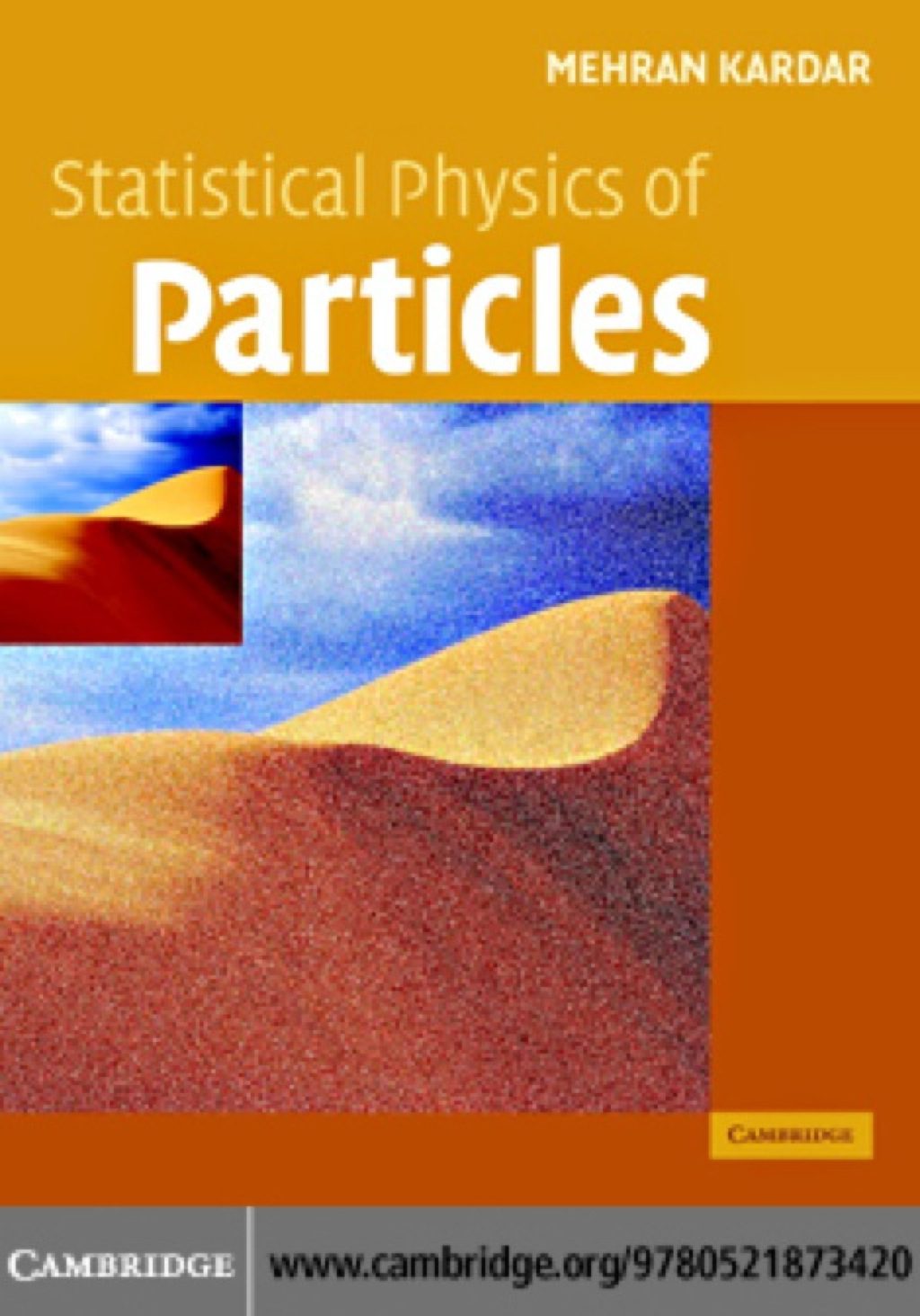
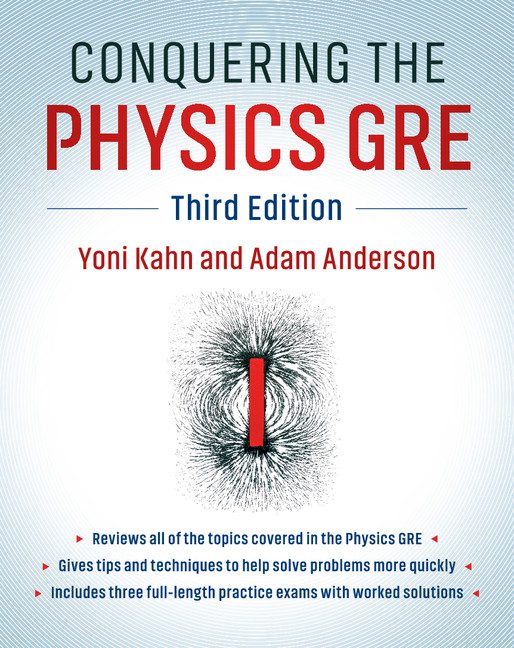
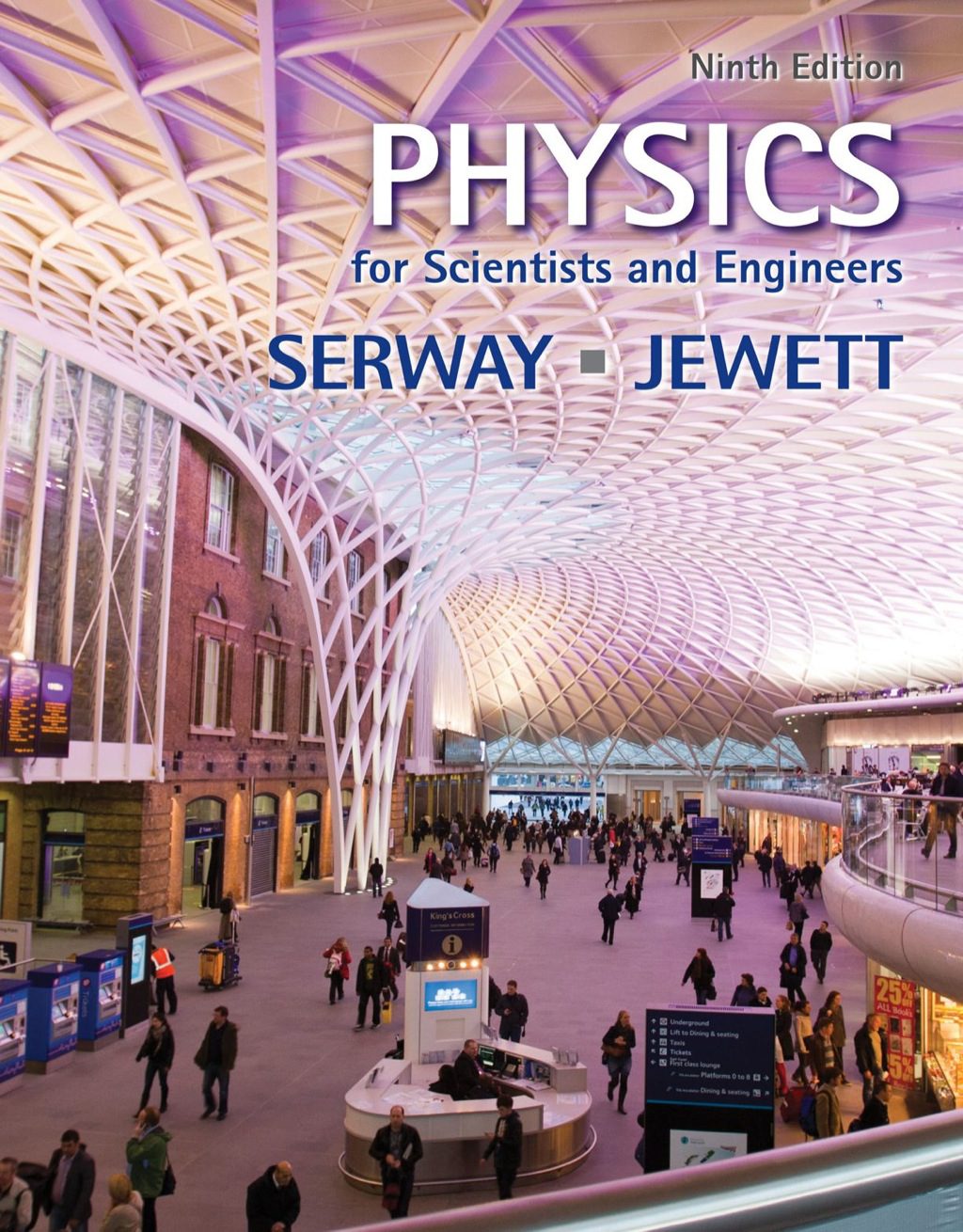
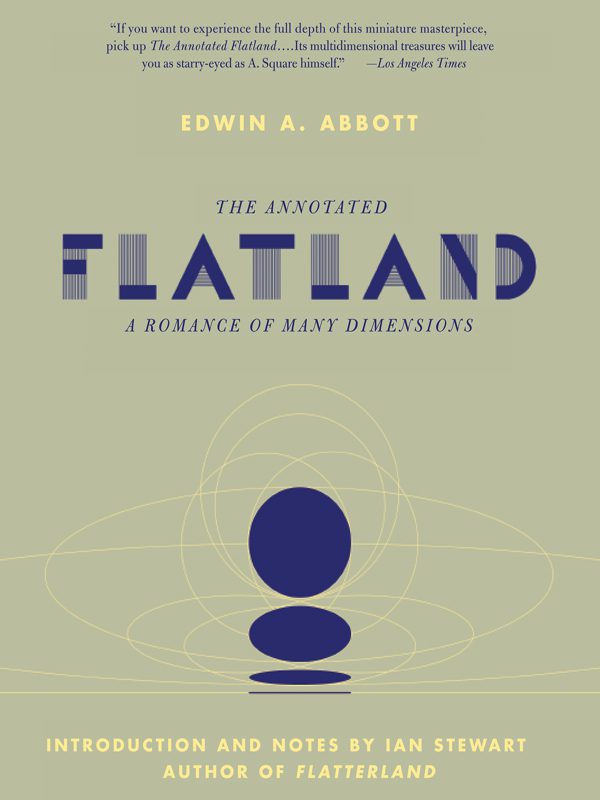

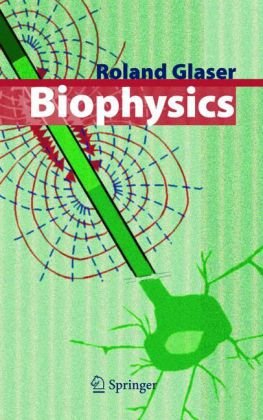
Reviews
There are no reviews yet.